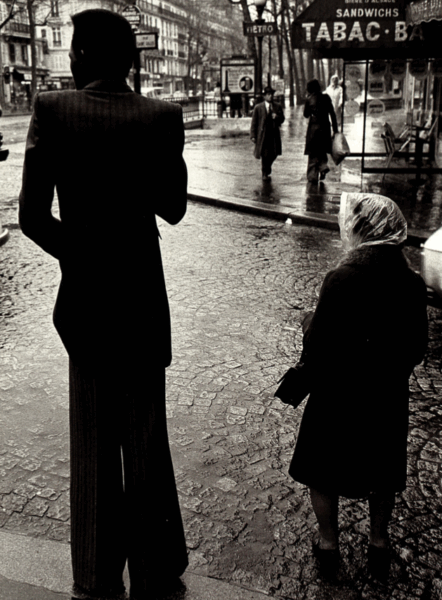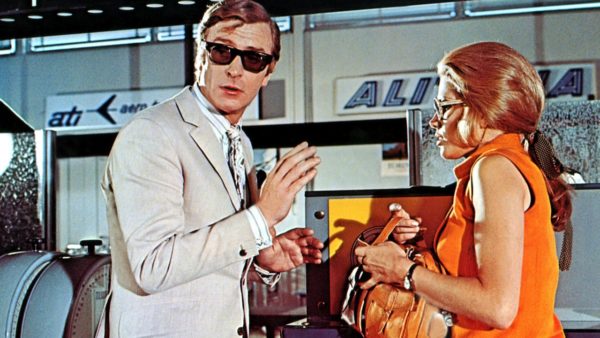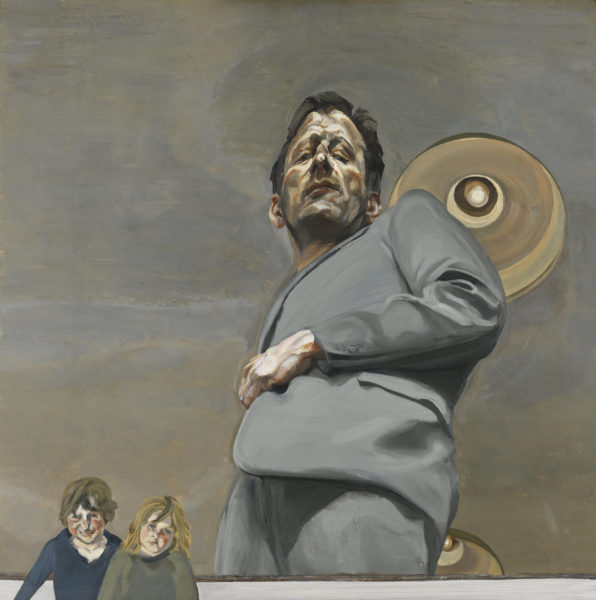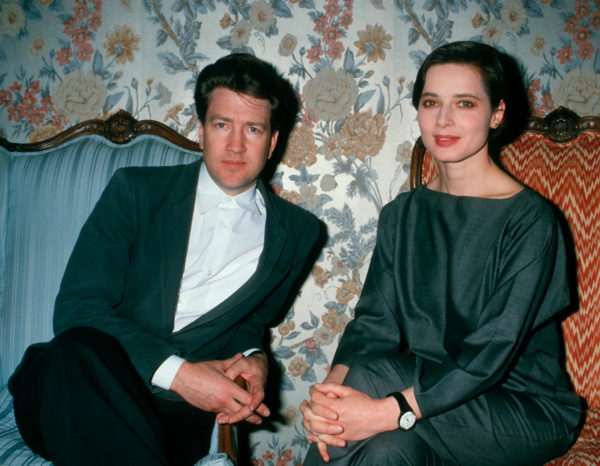« Man proposes and the stripe disposes. (…) In the stripe there is something that resists enclosure within systems. » – Michel Pastoureau
Stripesline or band more or less wide that marks a fabric More are one of the most ancient patterns imagined by humans.
During the Middle Ages, it is used to distinguish individuals excluded from society from whom it was better to stay away. Its etymology already carries within itself that distinction : to strip, synonym of striking off and correct.
During the Renaissance, stripes kept the function of distinction, but momentarily lost their pejorative value to integrate pleasure and freedom. The pattern is adopted by several European royal families — none other than King François I of France bears a striped garment in his portrait painted by Jean Clouet.
The negativity associated with stripes eventually caught up with them when they were worn by convicts, no doubt as much for symbolic reasons as for practical ones. The easily noticeable pattern makes any escape attempt difficult.
This hazard symbol lives on in our collective imagination. This being said, a distinction must be made between horizontal and vertical stripes.
Horizontal stripes were a sign of inferiority; as in striped jerseyknitted fabric made up of fine stitches conferring an elasti More wore by sailors being a symbol of their subordination to the captain With the exception of beachwear inspired by sailing apparel, they were worn by the common class.
Vertical stripes are, on the other hand, associated to upper class’ prestige and success. It is already the case on François I’s portrait in 1530; and in the 1920s, financiers differentiate themselves by their striped suits and shirts. Gangsters like Al Capone make of them a superiority symbol in order to assert their power and respectability.
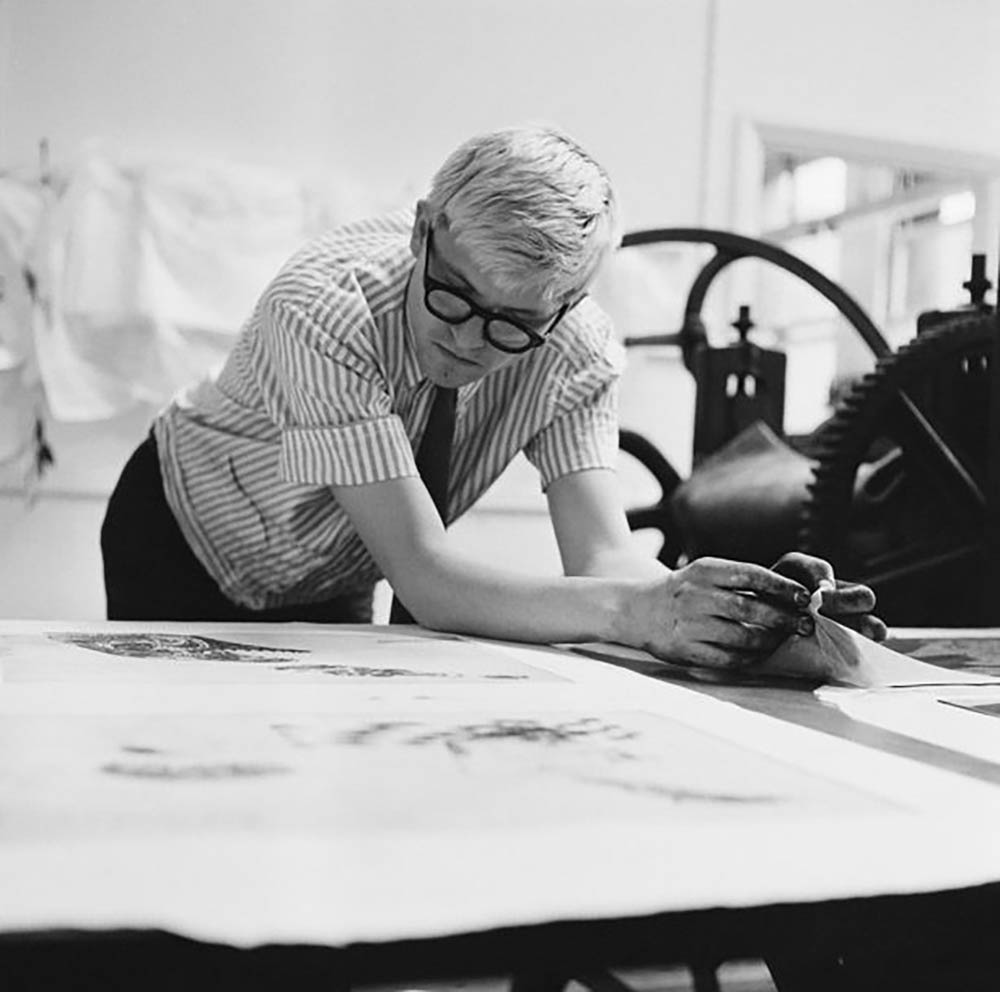
HOCKNEY, David. California, Unites-States. 1965.
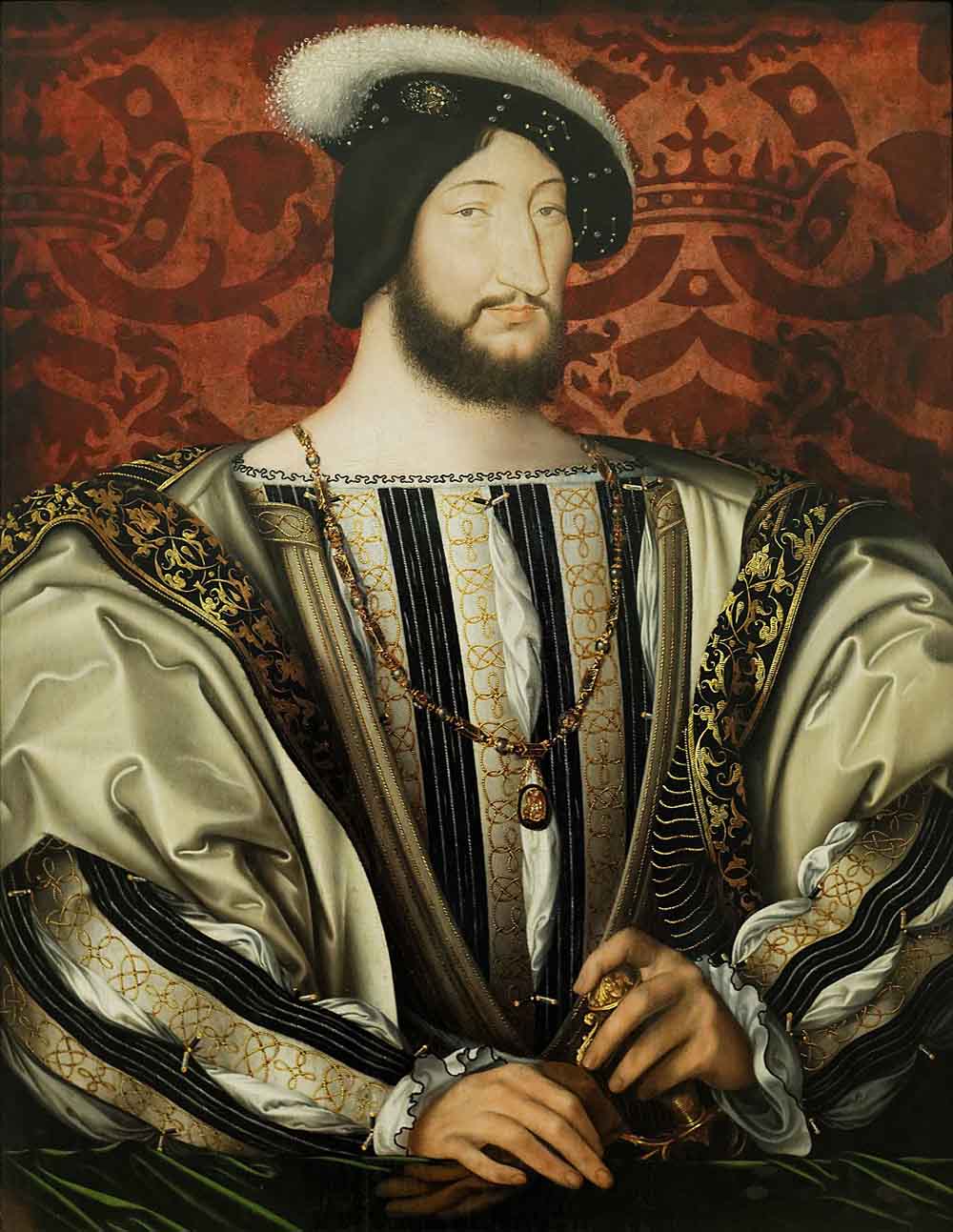
CLOUET, Jean, art. Portrait of François I. oil on wood, 96 x 125 cm. 1530.
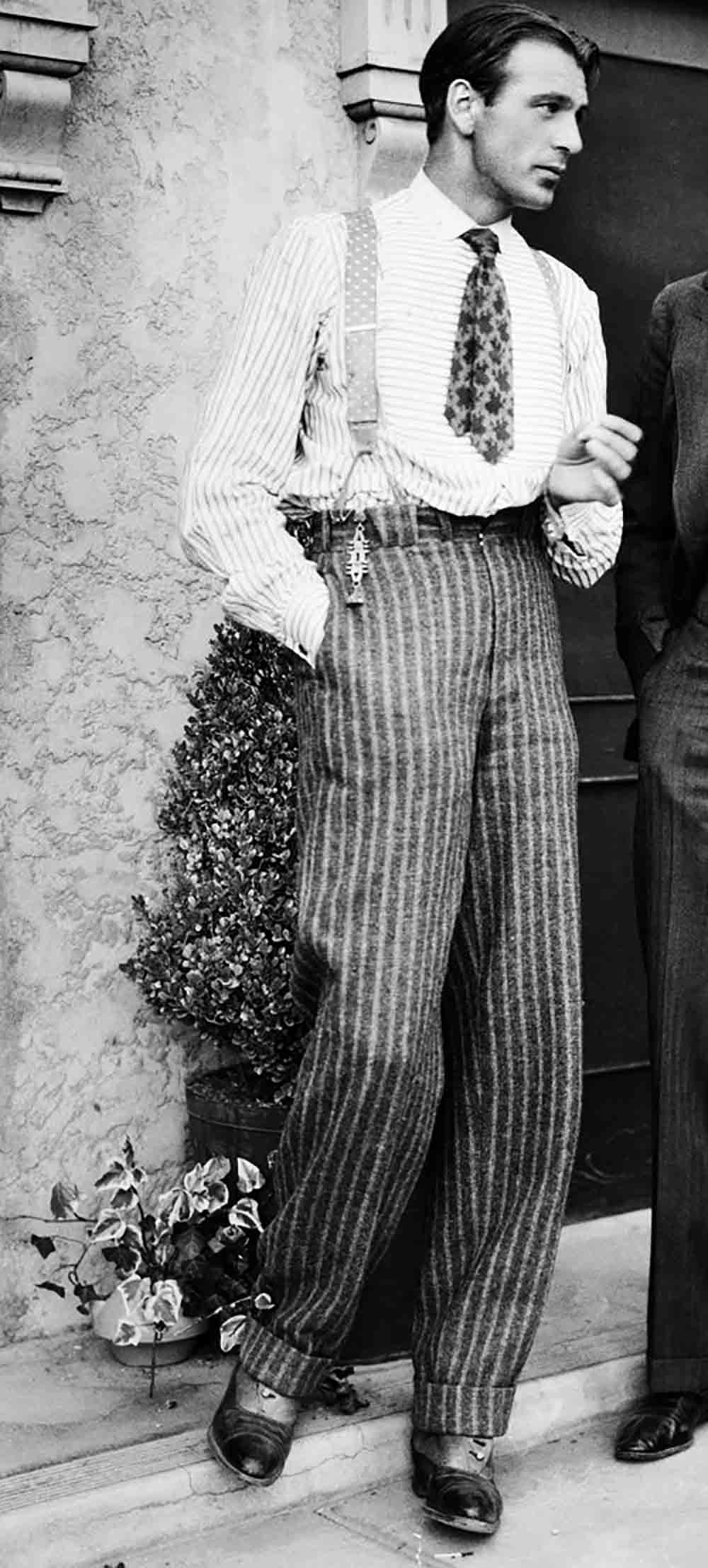
COOPER, Gary, act. ROBERT, Stephen, dir. One Sunday afternoon. 1933. 85 min.
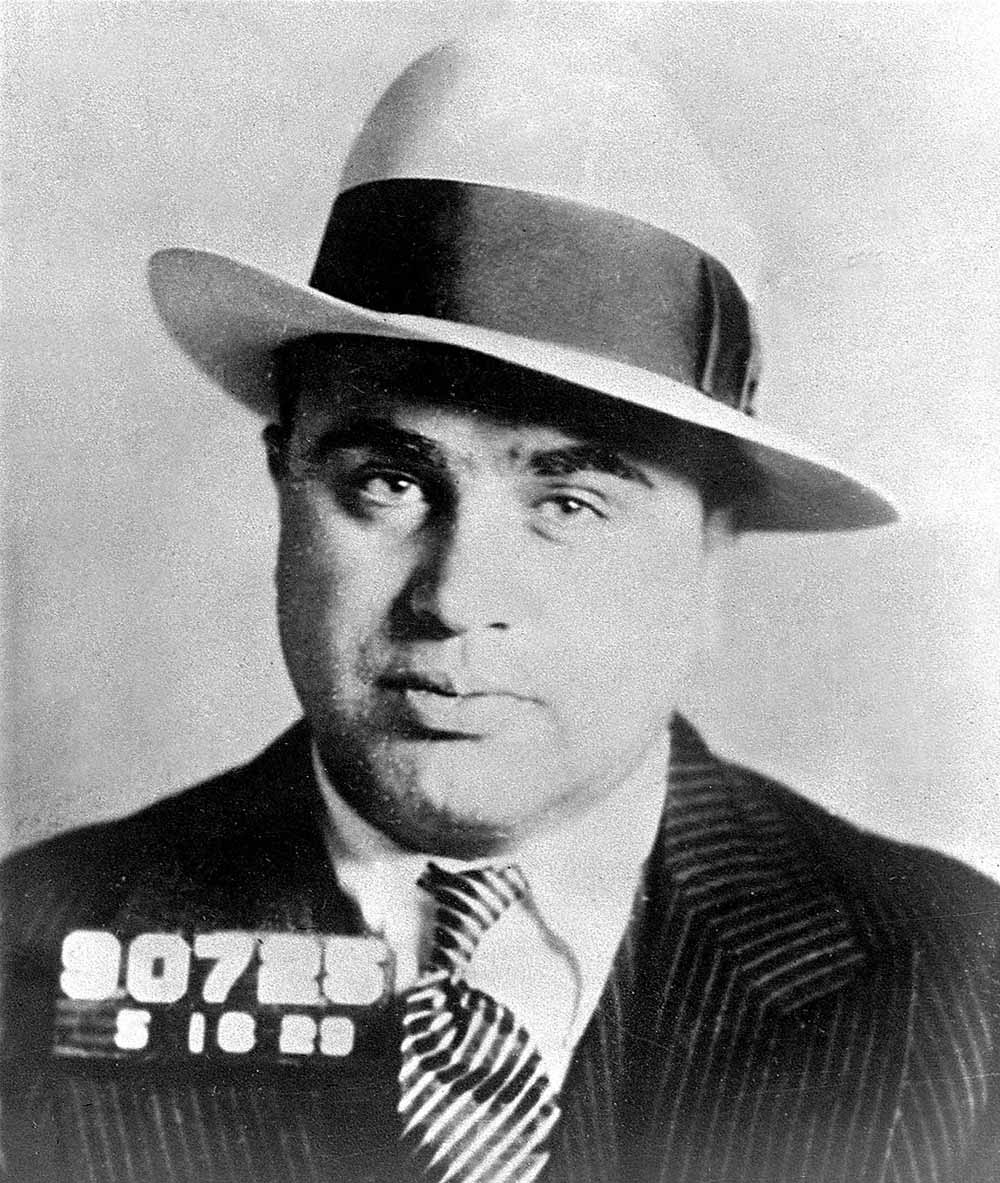
AL CAPONE. Philadelphia, United-States. 1929.
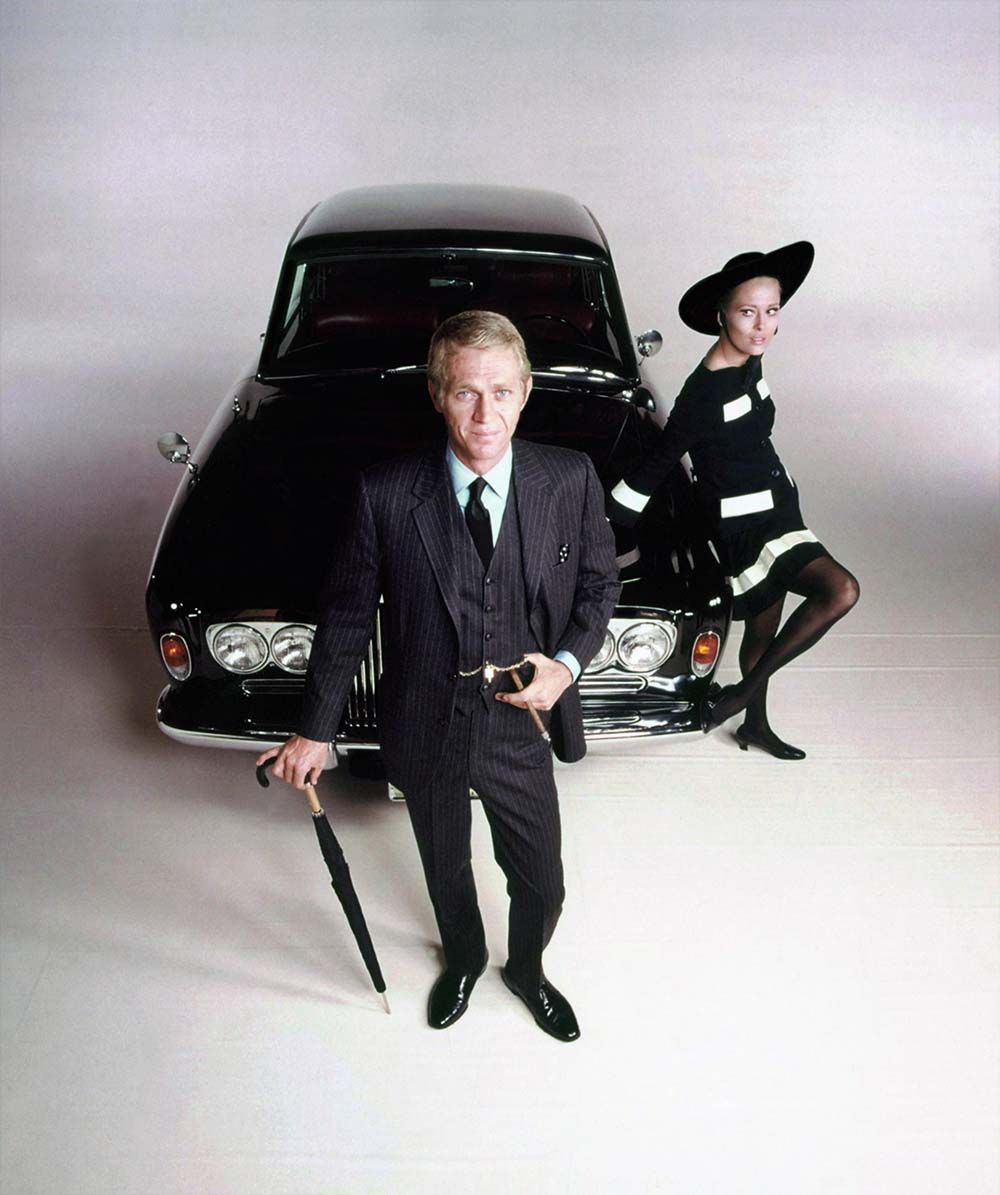
MCQUEEN, Steeve, act. DUNAWAY, Faye, act. JEWISON, Norman, dir. The Thomas Crown Affair. 1968. 102 min.
- A HISTORY OF MEN’S FASHION« Chenoune shows how menswear shifts between fashion and function, individuality and universality—a history that never ends. »
- COTTON« Soft, but with weight. Relaxed, but never shapeless. It carries memory in its creases. »
- LUCIAN FREUD« from borrowed suits to bespoke tailoring, Freud’s fashion choices evolved with his art »
- DAVID LYNCH« The oddest of Americans, the most American of oddballs, Lynch was a man with a uniform. »
